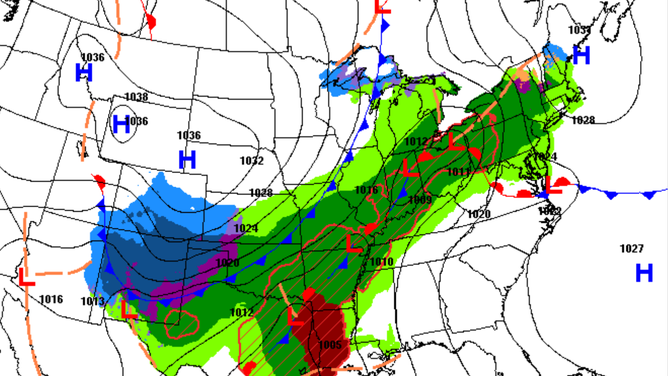Everyone has been told at one point in time during their life that animals can smell their fear. In most cases you’re told this when you’re freaking out around an animal you’re not familiar with, they do this to try and calm you down. In most cases you would have started freaking out more because you see the animal act differently afterwards and you begin to panic. As you get older, you probably started to wonder whether that was true or not, and so did these researchers. A group of scientists conducted a study to try and determine whether or not animals truly can smell fear, the results were surprising.
All animals including humans produce chemosignals, which are chemicals produced by their body that can affect other animals. These chemicals are released from the body as a result of what they are experiencing or feeling. This is what is believed to make it possible for animals to smell fear. To lower the interference of facial expressions and body language changes during the experiment, they removed direct contact from the equation.
Their method of testing whether animals can smell fear is by showing people scary and joyful video clips separately, then collecting sweat samples to give to the animals. This experiment was conducted with horses and dogs. When they brought the sample of joyful sweat to the horse to smell, they would only use one nostril to smell it and spent less time examining it. When they were brought into contact with the sample of fearful sweat, they spent more time examining the sample and used both nostrils. Their nostril usage to smell their differing reaction to the samples shows that while horses might not be able to determine that it is fear,they can tell the difference between the two.
For the dogs, they put them in a room with two people and two separate boxes with the different samples. They used the dog’s owner and a random stranger for the people in the room with the dog. When they were introduced to the rooms the dogs would examine the boxes and their reactions would be recorded. After coming in contact with the sample of joyful sweat, they would become playful and spend more time playing with the people. On the contrary, when they examined the box with the fearful sweat, they would start to freak out and either run to their owner and hide or go to the door as if they were trying to escape.
Both tests showed that both could tell the difference between joyful and fearful feelings from people just based on smell. On top of that, the results showed that not only could dogs tell the difference between smells of fear and joy, they could tell what they were based on the smell. These researchers set out to answer the unanswered question of whether animals could smell your fear, and their research has shown that they can. So, the next time that your dog or cat tries to sit next to you while you’re home alone freaking out or watching a scary movie, now you will know that they can tell you’re scared and are trying to cheer you up. Now you know they can tell and are there to help you, will this change your view of your pets and their reactions towards you when your emotions change or is it still the same?














